There were many major differences in the clothing that women were expected to wear in public compared to in private. In private, woman were allowed to dress in a more relaxed fashion, which was looser and more comfortable with more mobility. The garments that a woman wore in public were constraining and she had higher expectations to live up to when present in the public sphere.
No matter what hour of the day, women were expected to be dressed to a certain standard, whether they were out in public or in the privacy of their own homes. Although there were looser expectations for a woman when she was inside the house, she was still expected to dressed properly.
In Public
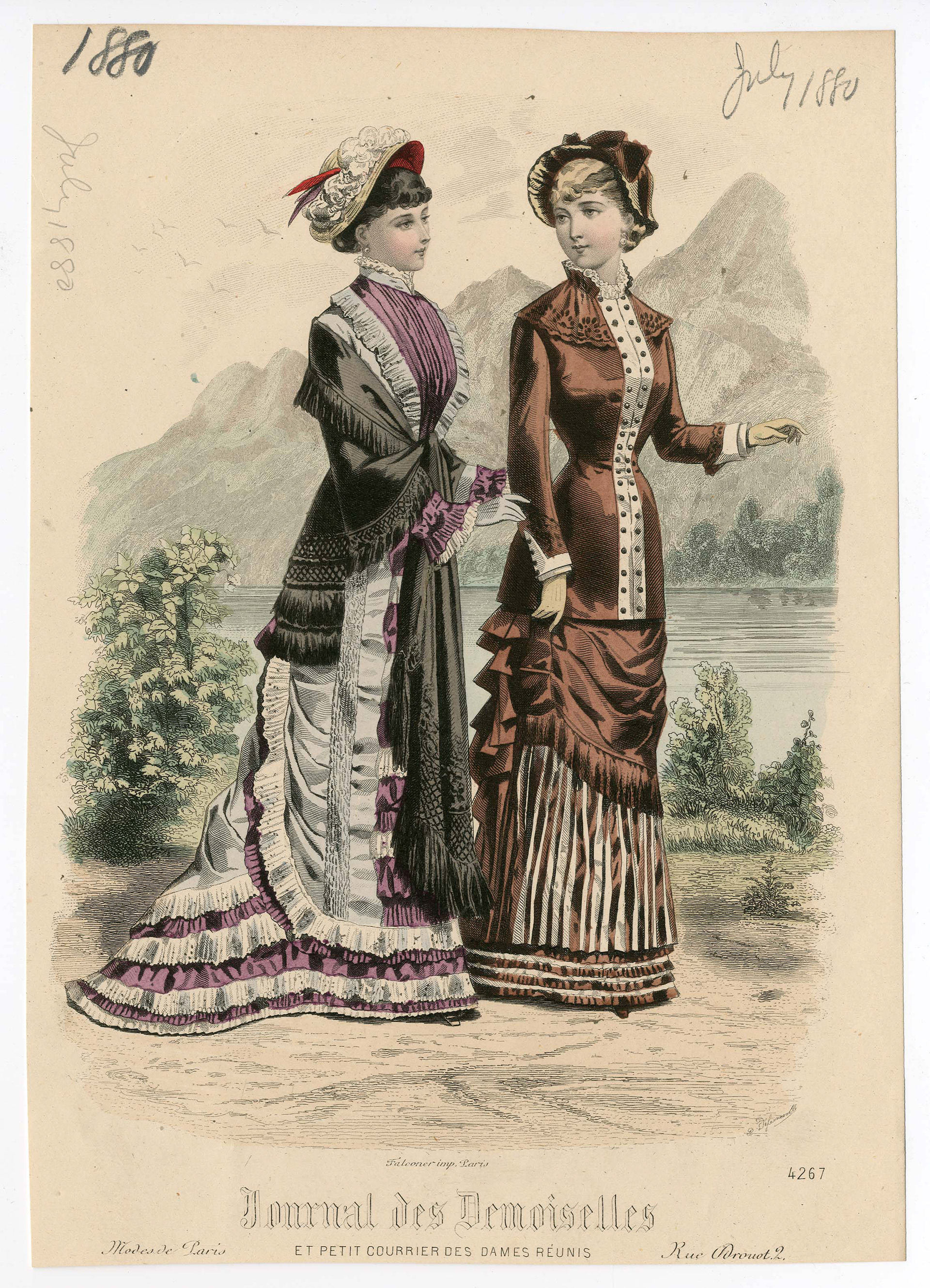

A woman is never as much in the public as when she is in the streets. There were many expectations for how women behaved and dressed in public in the nineteenth century.
Multiple ladies’ guides detailed these expectations and gave women advice on what not to do. Lady’s Guide to Perfect Gentility was one of these periodicals that offered pointers how to maneuver in the streets; “Do not walk so fast! You are not chasing anybody! Walk slowly, gracefully!”1 Women were expected to behave to a high standard when in public; they were always expected to be as graceful and as lady-like as possible when on display in the public sphere.
Many of these high expectations for when a woman appeared in public were focused around her appearance. One example of this expectation was that it was considered completely unacceptable for a woman to go out in public without a corset; in fact women who went in public with no corset were called 'loose women' since their bodies was not confined. Similarly it was also in bad taste to go out in public with morning clothes on or wearing an apron.
In Private
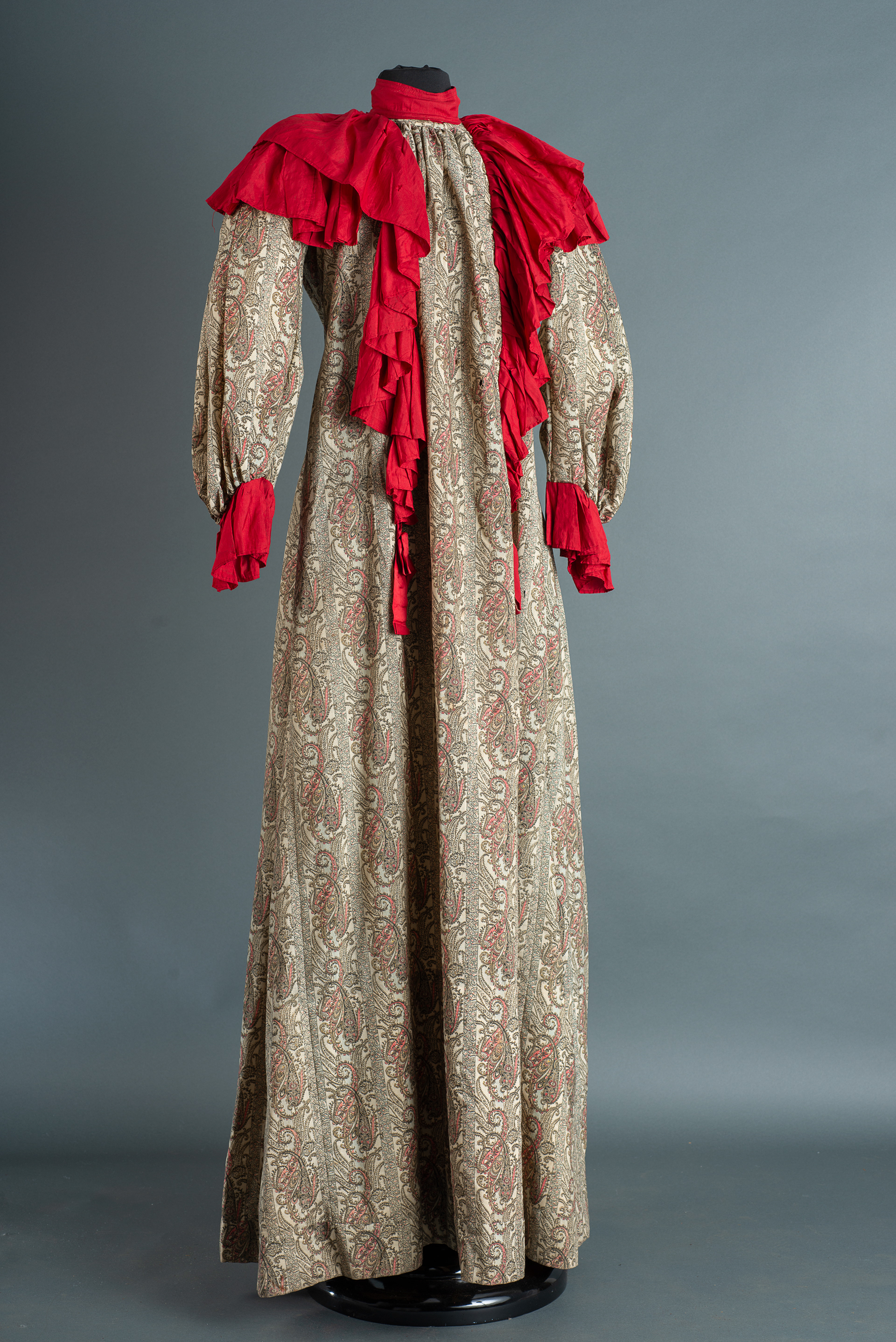
Tea Gown

Tea Gown
In private women were allowed to wear more comfortable outfits that were called house dresses, wrappers, morning gowns, and tea gowns. However, many house dresses had lining that fit close to the body, so the woman would not be expected to wear a corset laced as tightly but still achieve the shape she desires.
But even though women’s house dresses were generally more comfortable, the fitted linings is an example of how these dresses that appear shapeless and loose while still confining the woman. However, even with interior structure, clothing worn in the home was more comfortable than clothing for the public.
Each social occasion required a different dress, whether she was in the public sphere or the private. By the 1880s a high society lady's wardrobe would include morning dresses, walking dresses, visiting dresses, tea gowns, evening dresses, traveling clothes, tennis or croquet dresses, and daytime party dresses, as well as accessories, underclothing, outerwear, and shoes. Due to the expectations imposed on her, she had to have a large wardrobe.
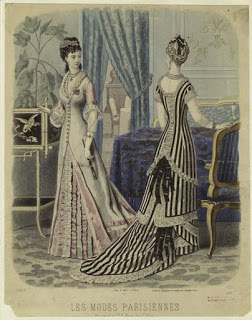
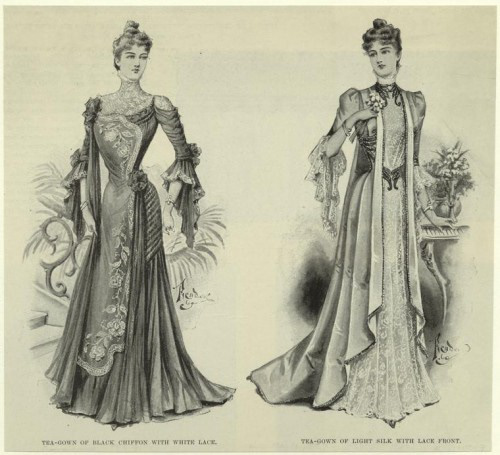
At home the expectation of what women wore was different than when she was in public. At home they dressed in more comfortable loose fitting garments called house gowns, wrappers, morning gowns and tea gowns. The tea gown was the most formal of clothing worn in the house. These would be made out of very fine fabrics and were quite showy compared to other garments at that time. Tea gowns rose in popularity during 1870, 1880 and 1890. The gowns specifically were appropriate for informal dining and other entertainments that were held at home. Although the tea gown would be loose fitting and would often be worn without a corset, it has a built-in close-fitting lining and fitted snug to the woman’s body. But even with this close-fitting lining, tea gowns were more comfortable than many of the other clothes that a
woman would wear
Although the rules were less strict for private clothing, there were still expectations that they had to meet. When a lady first awoke, it was most appropriate to dress in a small muslin cap and a loose robe. However, it was considered inappropriate for women to appear at the table without wearing a corset.
The most suitable dress for breakfast was the wrapper. If the woman had a list of domestic duties that she must perform but also a list of acquaintances that wish to pay her a visit, it was best to “dress for the callers before breakfast and wear over this dress a loose sack”5, to protect it from dirt and grim.
Differences
The comfort of the home wear verses the public wear can be seen in the garments that the woman used to keep warm. In the home, the woman could wear a knit sweater that would be too casual for the public, like this sweater from 1860 [Figure 1]. This sweater has wide arms that would accommodate any dress sleeves and still leave the woman space to move her arm without the sleeve getting in her way. While the woman would wear this in her home, when she is in public she would wear a shawl similar to this 1860-1870 [Figure 2] shawl. Wearing this shawl would not be the easiest task, it would be difficult for the woman to have it hang correctly and she would have to constantly have to readjust it. The shawl would get in the way of the woman doing house work while the sweater would not. Continue reading about the sweater and the shawl under the Shawl and Sweater tab.
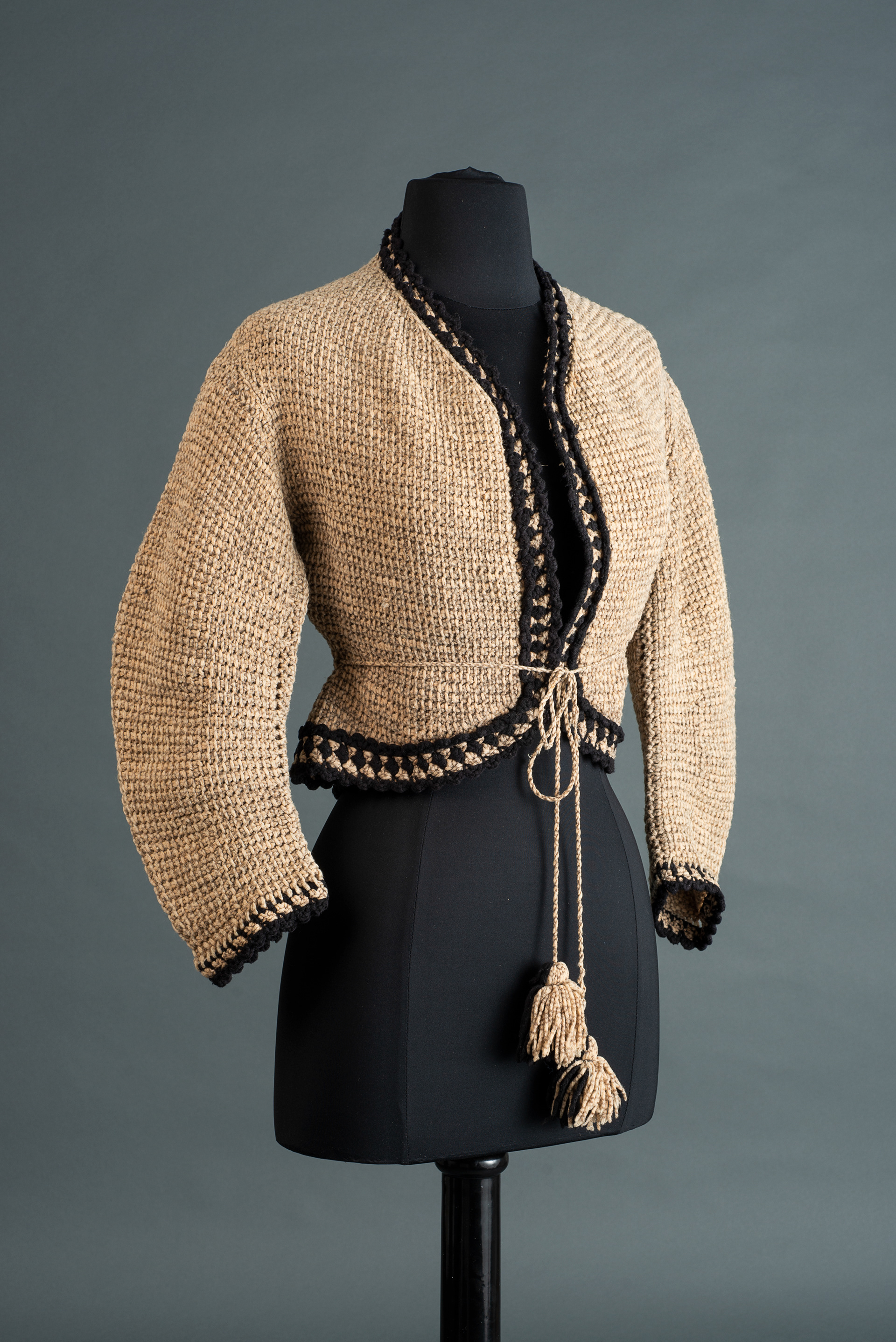
Figure 1
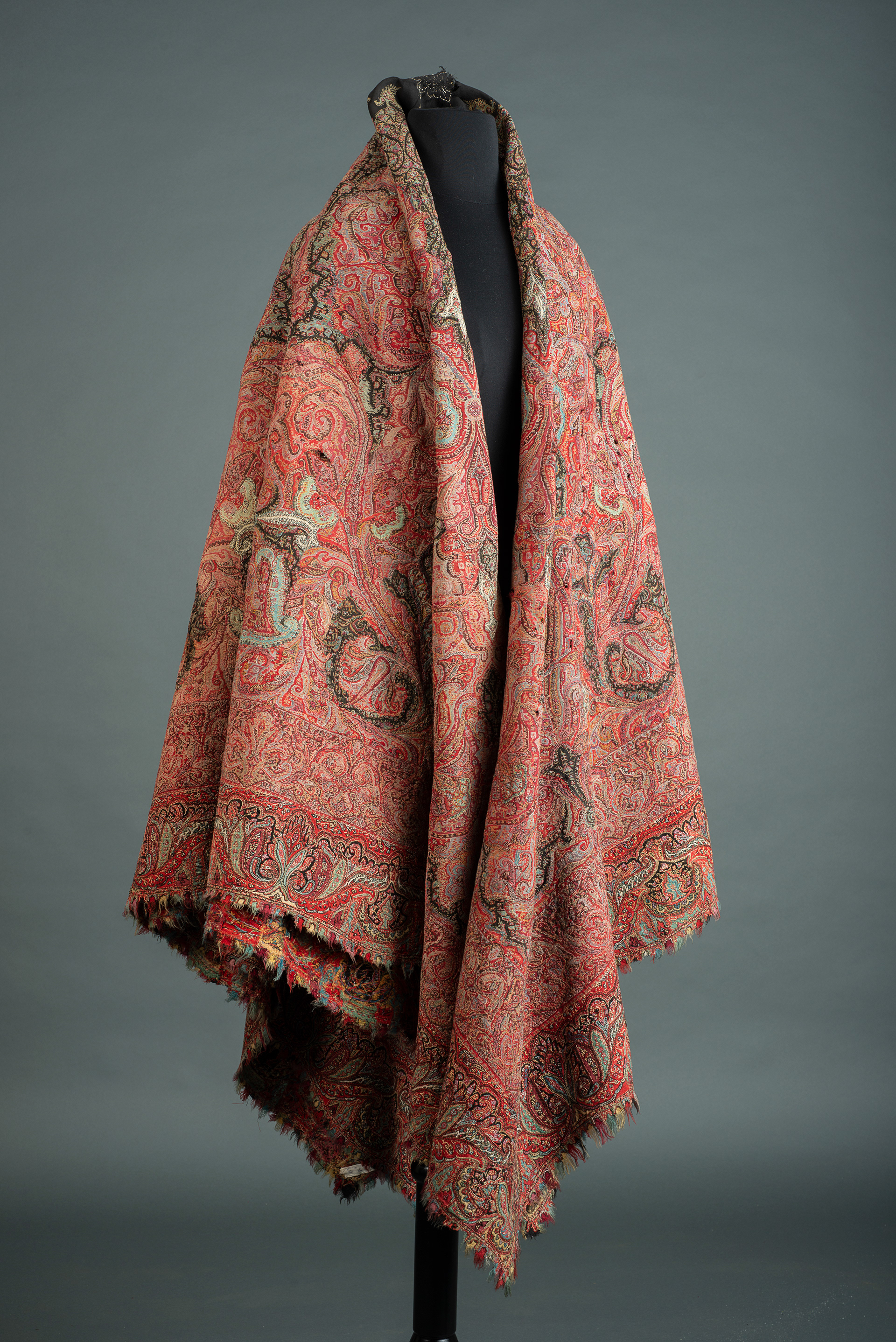
Figure 2
1 Hartley, Florence, and Fannie Fern Andrews. The Ladies Book of Etiquette and Manual of Politeness: Being a Complete Hand-book for the Use of a Lady in Polite Society, Containing Full Directions for Correct Manners, Dress, Deportment and Conversation, Rules for the Duty of Both Hostess and Guest, in Morning Receptions, Etc., Etc. ... Boston: DeWolfe, Fiske, 1879. 59.

House Dress
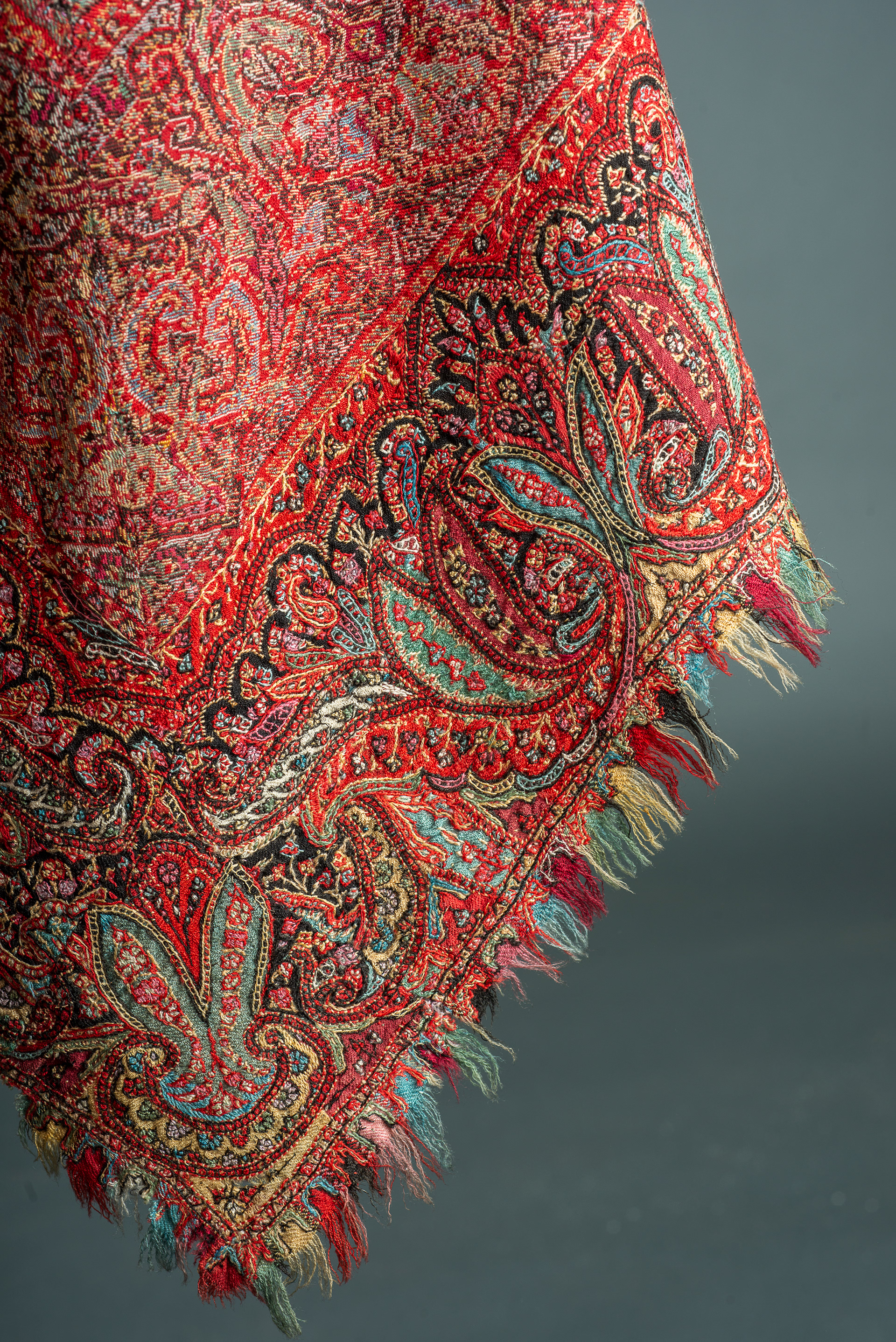
Shawl
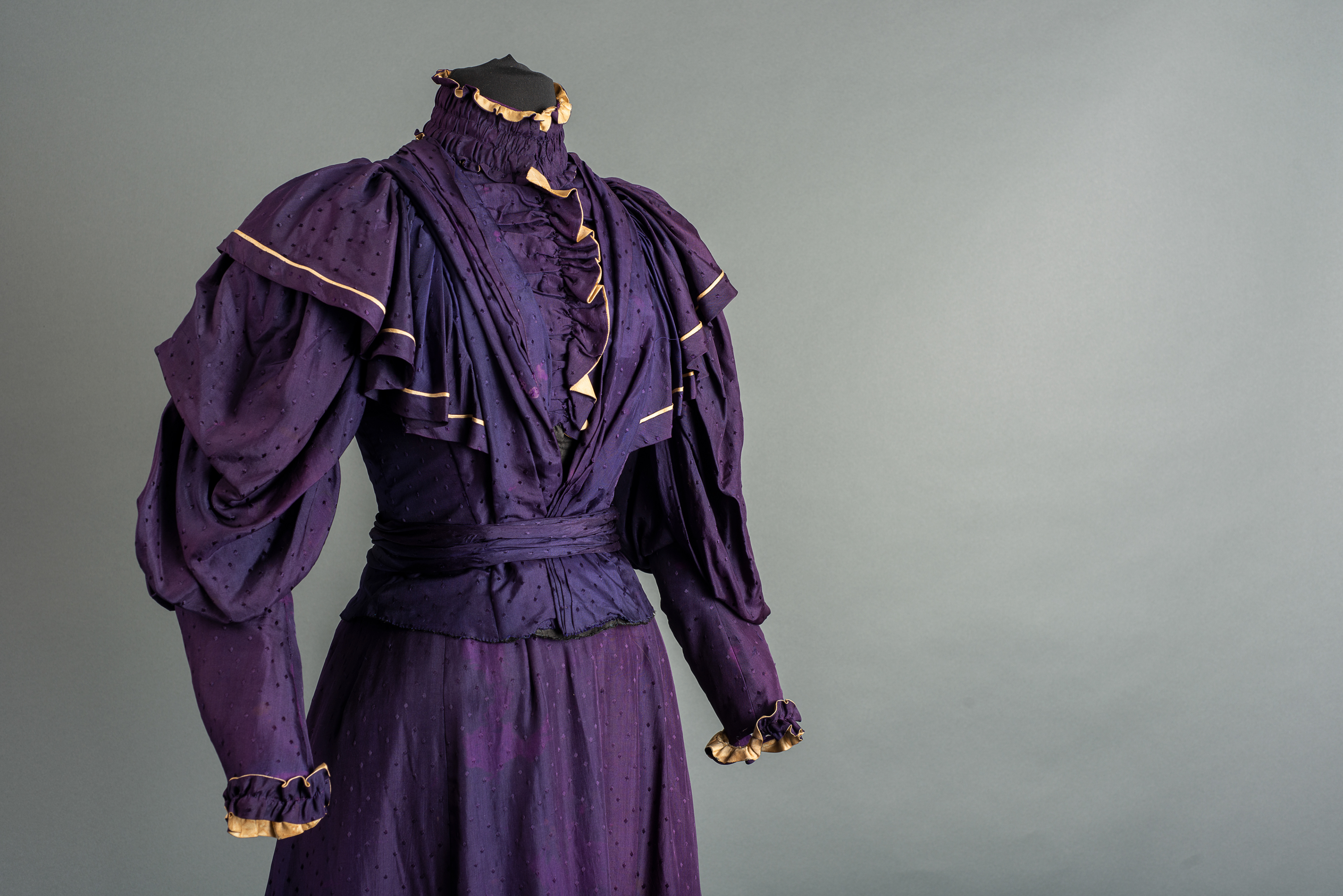
Day Dress
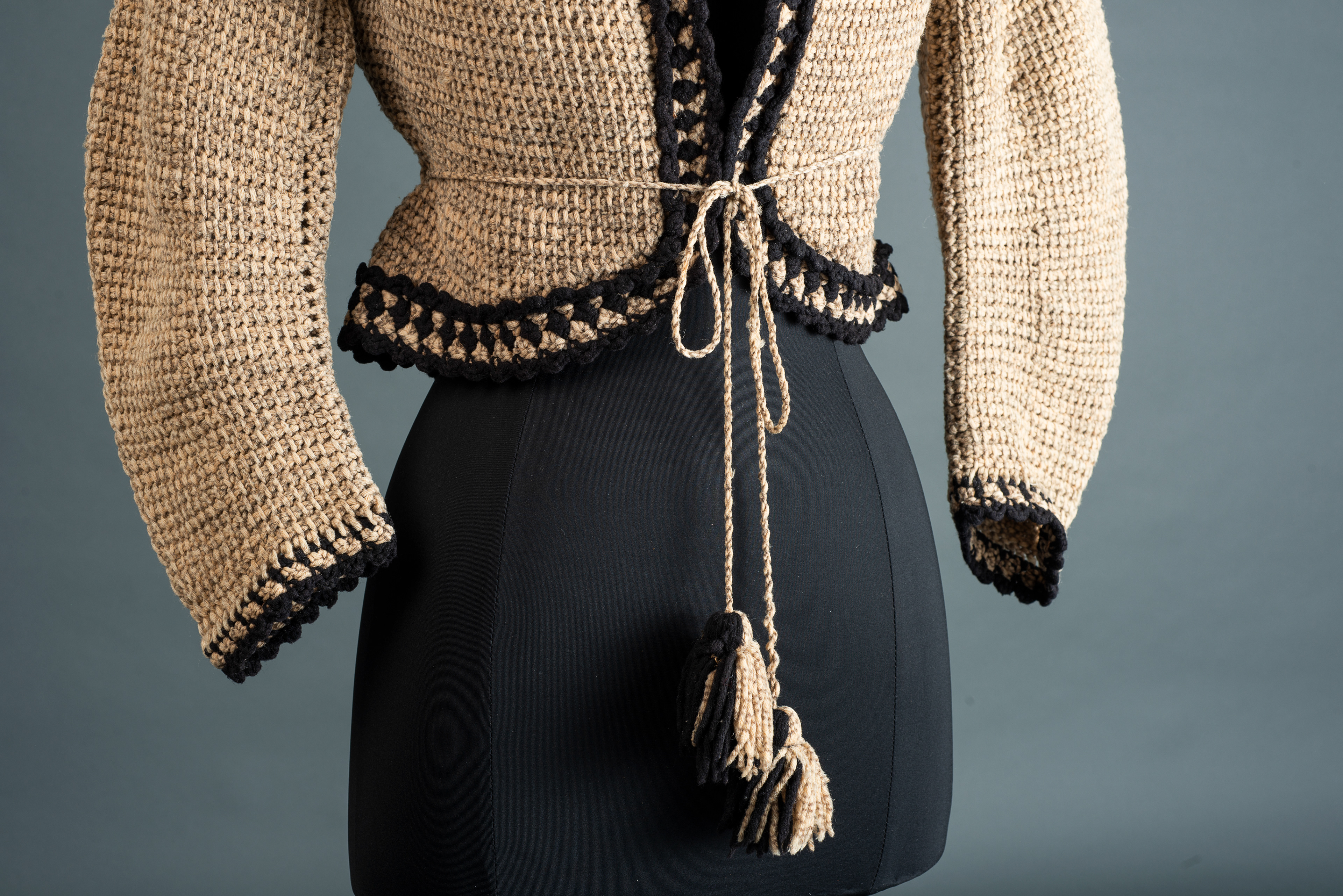
Sweater

